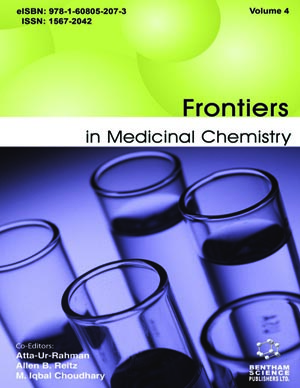Abstract
The use of plant extracts and isolated chemical compounds as antidotes against snake venoms is a common practice in places where a prompt access to serum therapy is lacking. Although there are a number of reports on plants from different geographical areas that are able to neutralize snake venoms, only a few chemical compounds have been isolated and identified as active components. In reviewing this area of research, it can be concluded that many plants recorded in popular use as anti-snake venoms may display antidotal properties due to the great number of active compounds they contain. However, it is also clear that not all claims of antidote effects towards snake venoms are warranted. In addition, biotechnological application of these inhibitors, as helpful alternative or supplemental treatments serum therapy, and also as important models for synthesis of new drugs of medical interest, needs to be better oriented and scientifically explored.
Keywords: Medicinal plants, antiophidian plants, anti-snake venom, natural inhibitors, ethnopharmacological studies, structural approaches






















